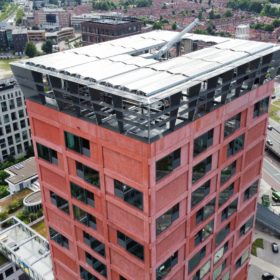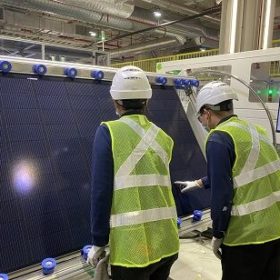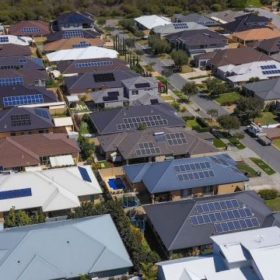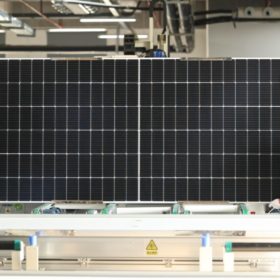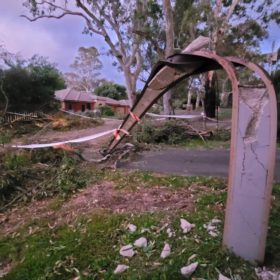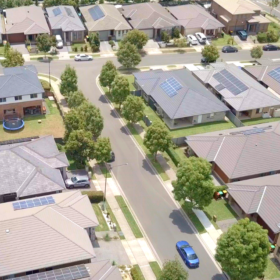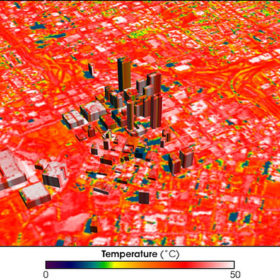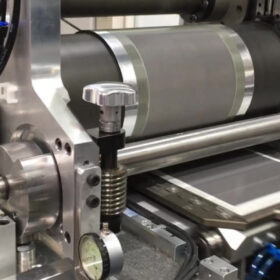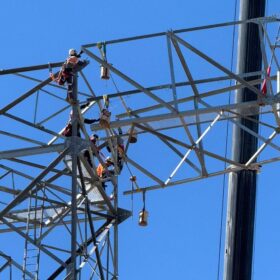Rooftop system with PV panels, mini wind turbines in the Netherlands
Ibis Power has developed a rooftop system that combines solar with wind turbines designed for medium-sized structures and high-rise buildings. It claims its PowerNEST system can produce six to 10 times more energy than standalone rooftop solar. The company has already installed five projects in the Netherlands.
REC Group rolls out new solar module for rooftop market
Norway-based solar manufacturer REC Group has commenced production of the fifth generation of its TwinPeak module series, offering improved power outputs from 395 W to 415 W and efficiencies ranging from 20.1% to 21.1%.
Energy optimiser SolarEdge expands into full home solution
Customers’ desire for fast, simple access to rooftop solar has driven the industry towards one-stop solutions, with all system components under the same brand and warranty arrangements, and integrated under a proprietary intelligent digital control system. pv magazine Australia spoke with Gavin Merchant, country manager for Australia and New Zealand, about the new SolarEdge Home equation and the economic drivers of full rooftop package adoption.
Rooftop solar powers WA to renewable energy record
The booming uptake of home PV systems has steered Western Australia to a new peak for instantaneous renewable energy share, with clean energy – including rooftop and large-scale solar – providing a record 81% of the total electricity generated in the state’s wholesale electricity market.
DAH Solar releases 540-555 W solar modules with frameless frontside
China manufacturer DAH Solar offers four versions of its new panels, with power outputs ranging from 540 W to 555 W and efficiency ratings from 20.89% to 21.48%. The modules are reportedly ideal for steel rooftops with small installation angles.
Rooftop solar returns as SA rebuilds after wild storms
Residential, commercial and industrial solar generation in South Australia has returned to normal operations following heavy curtailment by authorities working to stabilise the grid after storms caused extensive damage to transmission infrastructure.
Virtual power plant to trade grid-stability services in New Zealand
New Zealand’s solarZero says it aims to provide fast, sustained reserves with its virtual power plant of 10,000 household battery systems. Meridian Energy, meanwhile, has secured approval for a 100 MW battery energy storage system – the country’s largest such system to date.
Sydney social housing properties get solar lifeline amidst cost of living crisis
At least 600 disability and community housing residents in Sydney are set to receive a lifeline amidst the cost of living crisis in the shape of fully funded solar systems. The residential solar PPA model of the Community Solar Program pilot should see benefits for residents, developers and investors.
Rooftop PV performance during heatwaves
Chinese researchers have assessed the impact of residential rooftop PV arrays on energy use and surrounding air temperatures during extreme heatwaves. They found that panels with higher conversion efficiencies achieved the best results.
Rise of the ‘full stack’ strategy
“Integration” was the war cry at this year’s All Energy conference in Melbourne, with an unmistakable push, especially among ‘premium’ brands, toward vertically stacked product suites bundling solar, batteries, energy management platforms, virtual power plants and electric vehicle chargers into one super solution. How big is the market for such a proposition in Australia though? And does streamlining stymie flexibility? pv magazine Australia spoke to a number of brands on the promise, and limits, of the full stack strategy.
